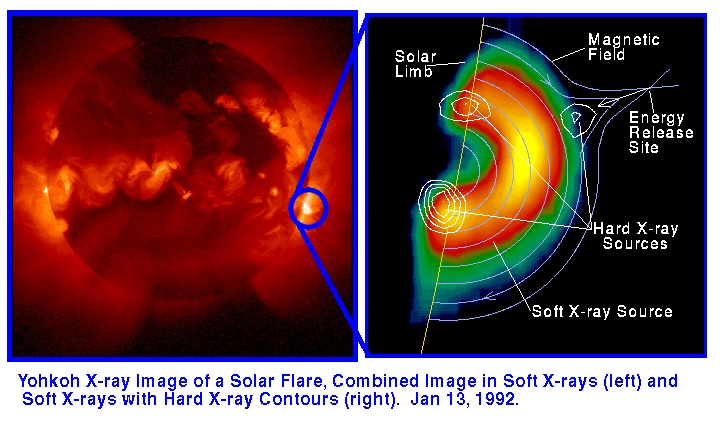Exploring Solar Flares: Nature’s Electrifying Spectacle
Key Insights and Strategies
Solar flares are intense bursts of radiation that originate from the sun’s surface. These eruptions release a tremendous amount of energy in various forms, including light, radio waves, and X-rays. Their occurrence is often associated with magnetic activity on the sun, particularly near sunspots.
Understanding solar flares is crucial for space weather forecasting as they can impact satellite communications, power grids, and even astronauts in space.
Step-by-Step Guide
- Step 1: Solar flares begin with the release of magnetic energy stored in the sun’s atmosphere.
- Step 2: This energy interacts with charged particles, producing intense radiation and accelerating particles to near-light speeds.
- Step 3: To witness solar flares safely, experts recommend using solar filters on telescopes to protect your eyes from harmful radiation.
Examining the Potential Impact of Solar Flares on Earth
As we look beyond the skies to explore the mysteries of our universe, the potential impact of solar flares on Earth emerges as a captivating subject of interest and concern. Solar flares, sudden and intense bursts of energy and radiation from the sun, have the ability to influence various aspects of our planet, from our technological systems to the Earth’s atmosphere.
Understanding the effects of solar flares is crucial in today’s interconnected world, where our reliance on technology is ever-growing. These solar eruptions can disrupt satellite communications, navigation systems, and power grids, leading to widespread implications on our daily lives and industries.
Moreover, solar flares can also impact our planet’s magnetic field and atmosphere, potentially creating stunning auroras but also posing risks to astronauts and sensitive electronic equipment onboard spacecraft.
By delving into the realm of solar flares and their potential impact, we gain valuable insights into the dynamic relationship between the sun and Earth, fostering a deeper appreciation for the forces shaping our existence in the vast expanse of the cosmos.
Historical Instances of Significant Solar Flares
Exploring the archives of astronomical phenomena unveils captivating historical instances of notable solar flares. One remarkable event occurred in 1859, known as the Carrington Event. This solar flare was so intense that it disrupted telegraph services worldwide and produced stunning auroras as far south as the Caribbean.
Another significant solar flare erupted in 1989, impacting Quebec’s power grid and causing a massive blackout. These historical instances serve as potent reminders of the power and unpredictability of solar activity.
